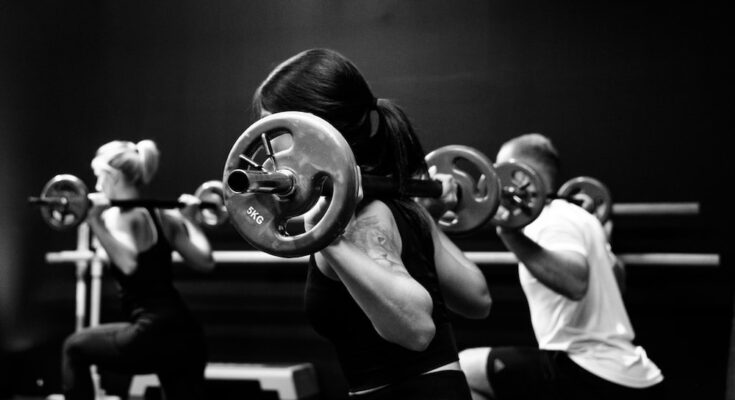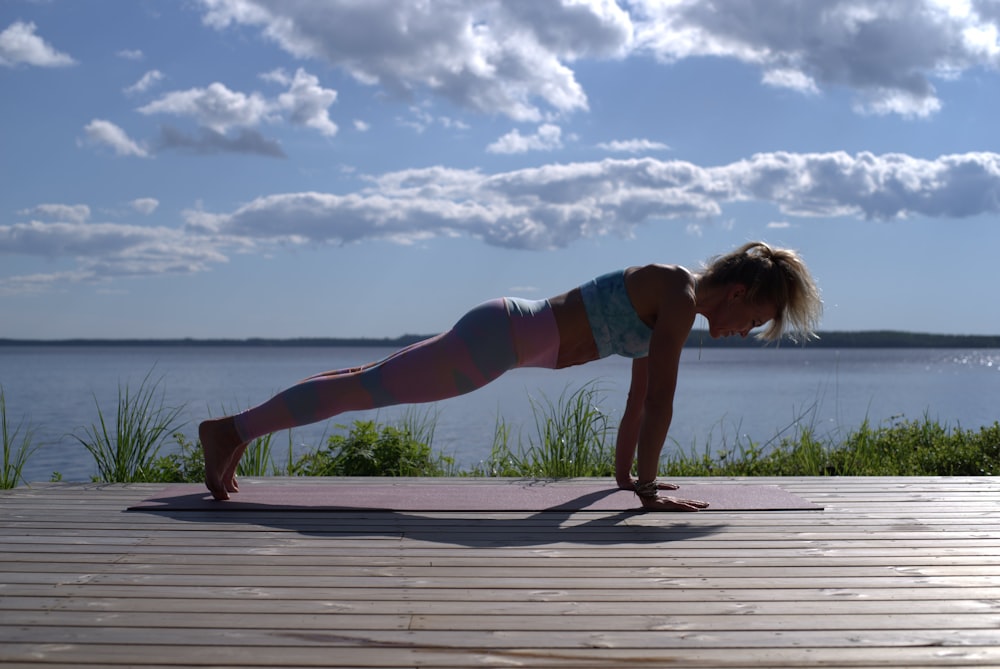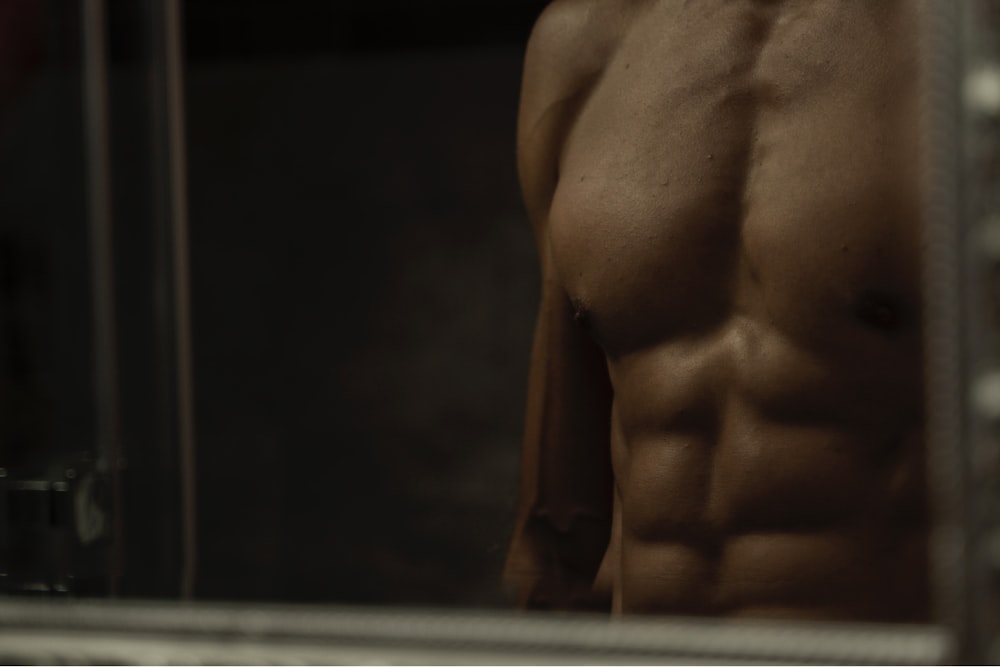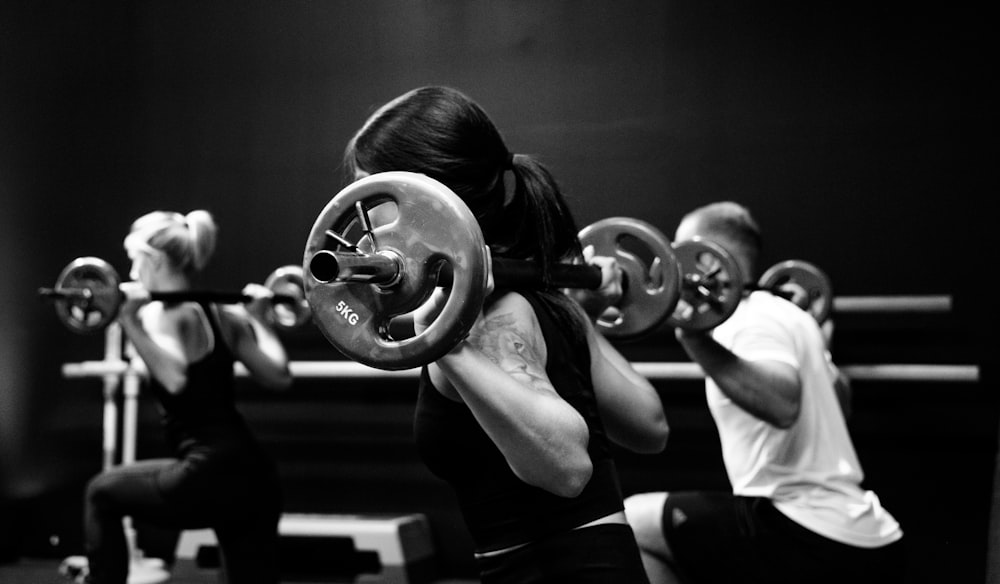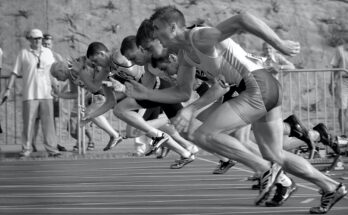Ultimate Guide to Building Core Strength for Athletes
Your entire midsection’s muscles, including your front and side abs, back muscles, and hip muscles, make up your core. One of the most effective and ultimate strategies to get fit is to strengthen your core. Additionally, it can help you become a better hiker and increase your effectiveness in a variety of other sports.
Improving your balance and core strength will keep you limber and strong whether you’re attempting to recover from an injury or step up your athletic performance.
Engage deepest core muscle: ultimate workout
Image via Unsplash.com
Find your deepest core muscle, the transversus abdominis, to get the most out of your core-strengthening routine. Once you’ve located it, you should keep that muscle tight and clenched for the duration of your workout.
Make an effort to cough deeply. The transversus abdominis, a muscle in your abdominal, should feel like it is contracting.
Your transversus abdominis, which goes from your belly button to your rib cage, is a deep abdominal muscle.
Practice flexing and tightening the transversus abdominis muscle now that you’ve located it.
No matter which exercise program or muscle group you choose to concentrate on when working on your core, engage your transversus abdominis.
Segmental rotations: ultimate workout
Segmental rotations, which include rotating your core along your spine, are a good way to activate a variety of core muscle groups with minimum effort. Lay flat on your back to start, then bend your knees and bring your feet as near to your buttocks as you can without hurting yourself. Do not lift your shoulders; instead, concentrate solely on moving your lower body.
Slowly lower both knees to the floor while contracting your core muscles on one side. Only extend as far as you can comfortably do so; although you should feel your muscles stretching strongly, it shouldn’t hurt.
Return to the beginning position after three breaths in the position. Kneel on the opposite side, hold for three breaths, then repeat.
Superman flex
Image via Unsplash.com
The superman focuses on engaging the core muscles in your lower back. Lay flat on your stomach to begin. To help support your back, tuck a small throw cushion or a towel that has been wrapped up beneath your hips. If you’d like, you can also support your head by placing a folded towel under your face.
Lift one arm at a time while contracting your core muscles, holding each arm raised for three breaths. After that, repeat with the other arm.
Lift one leg at a time while contracting your core muscles, holding each leg for three breaths.
Bridge position: ultimate workout
The bridge is a very efficient exercise since it targets numerous core muscle groups. Start by bending your knees while lying on your back. As if you were ready to perform a sit-up, place your feet just in front of your buttocks. Attempt to keep your back as neutral as possible (not arched, but also not pressed down either).
Lift your hips off the ground while contracting your abdominal muscles. They should now be in a straight downward line, pointing towards the floor, with your knees and shoulders aligned.
Three breaths should be held in the position before going back to the beginning and repeating.
Plank exercises
Image via Unsplash.com
Laying on your stomach, start by rising up onto your forearms and toes. You can support your weight on your knees and forearms if you are unable to stand on your toes.
Try to squeeze your elbows and knees towards one another while keeping your forearms, knees, or toes on the ground.
Ensure that your abs are taut and that your shoulders are directly above your elbows.
Your back shouldn’t be at all curved or arched, and you should be staring down at the ground.
Tighten your abdominal muscles when seated.
Side plank: ultimate workout
The side plank is similar to a conventional plank, except instead of working your abdominal muscles, it works the core muscles that line your sides. Begin by lying on your side and balancing yourself on your forearm or hand—whichever is more comfortable for you—on that side of your body.
Ensure that your hips and knees are in line with your shoulder, which should be above your elbow.
While in the position, contract your abdominal muscles and hold it for three full breaths. Then change to the opposite side, take a break, and repeat.
Do side blends
Image via Unsplash.com
When done correctly, side bends can exercise your core muscles on the side, back, and abdomen. You can perform side bends using a barbell, but don’t add more weights, if you feel capable. You can also simply use a broom or another long, straight stick in place of that.
Stand upright and with your feet shoulder-width apart. Tighten your abdominal muscles. Sling the broom (or barbell) across your shoulders while maintaining a forward-facing stance.
Lean as far to one side as you can safely manage while holding the broom/barbell with both hands somewhat past your shoulders. During the entire workout, keep your feet firmly planted on the ground.
Perform squats: ultimate workout
The abdominal and back muscles in your core can be strengthened by performing squats. To begin, place your feet shoulder-width apart and point your toes forward. Make sure your knees are pointing forward as well, then slowly bend your knees while bending your waist forward.
As you lower yourself into a squat, contract your abdominal muscles. Don’t overextend your arms; strive to have your hands about 1 to 1.5 feet (0.30 to 0.46 m) in front of your face. Extend your arms slightly forward.
Keep your back straight. You must maintain a neutral back (not rigid, but also not arched either).
Lunges
Image via Unsplash.com
You may strengthen your core and your legs at the same time by doing lunges. Starting from a standing position with your toes pointed forward and your feet shoulder-width apart. Make sure you have enough space in front of you and behind you so you can take a large step forward or backward without running into anything by keeping your arms at your sides.

